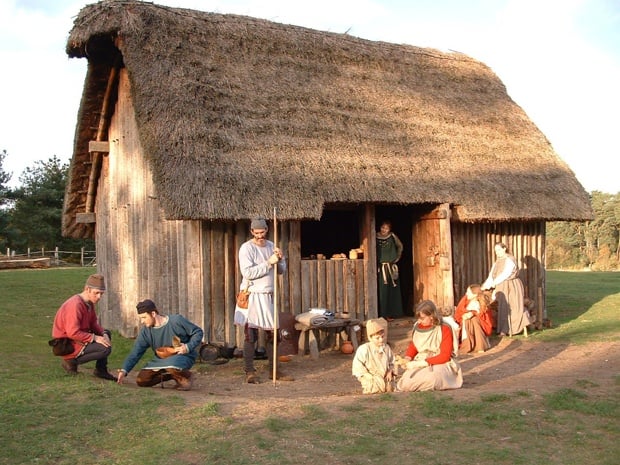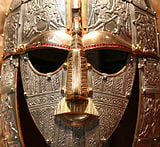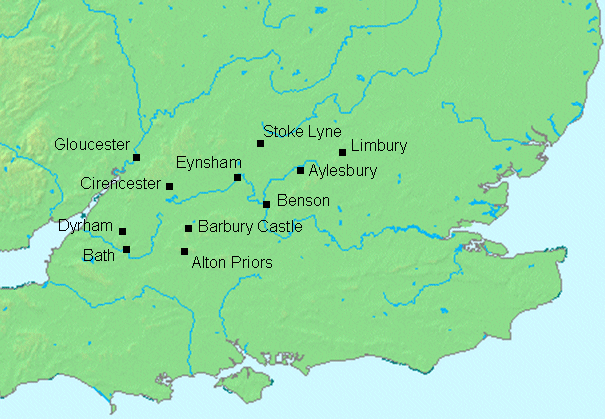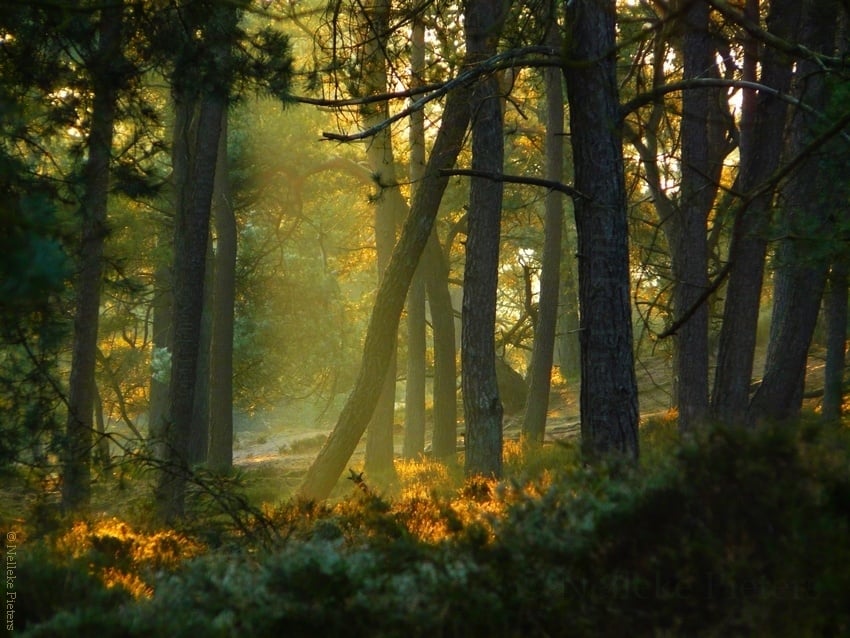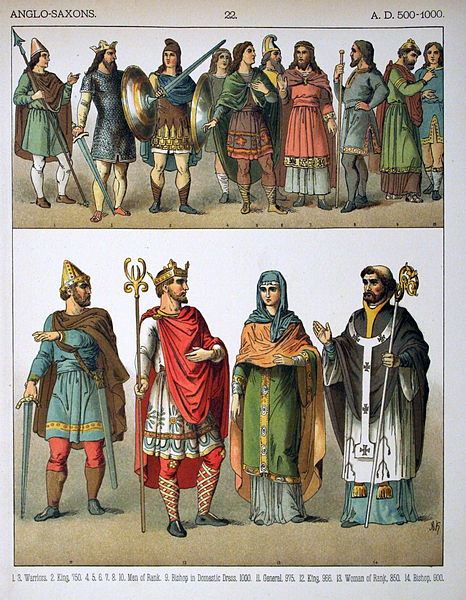Podcast: Play in new window | Download
Ok, so last time we talked about how Aethelberht of Kent invaded the kingdom of Wessex and was pushed out by Ceawlin and his army. We don’t have a lot of facts regarding that conflict, we aren’t even told why they were fighting, but we know that they were both destined to become Bretwaldas and that in the end Aethelberht was chased back into Kent. And, presumably following this moment, Ceawlin earned the title of Bretwalda. So good for him.
But there’s a lot that goes into war beyond one king puffing up his chest and the other king saying “Come at me, bro!” Much as I wish it were that simple and comical, real war is a great deal more complex than that.
So lets start by talking about the men who would be fighting these battles. Of course, you have the kings (one of the Old English terms for these kings, by the way, was þeoden… yeah. Like theoden in the Lord of the Rings). Another fun anglo saxon term for King is Cyning. In old english, “ing” means scion. Which is why you start hearing of the sons of nobles being referred to as Aethlings… they’re the scions of nobles. But in this case, Cyning is the scion of the Cynn… which translates to the Kindred, or the family. This can be taken as either the ruling family, which would call back to that families tradition of rule, or it could be taken as the larger form of kindred… as the Cyning is the son of the people.
Sign up to read the full transcript.
Support the Show

